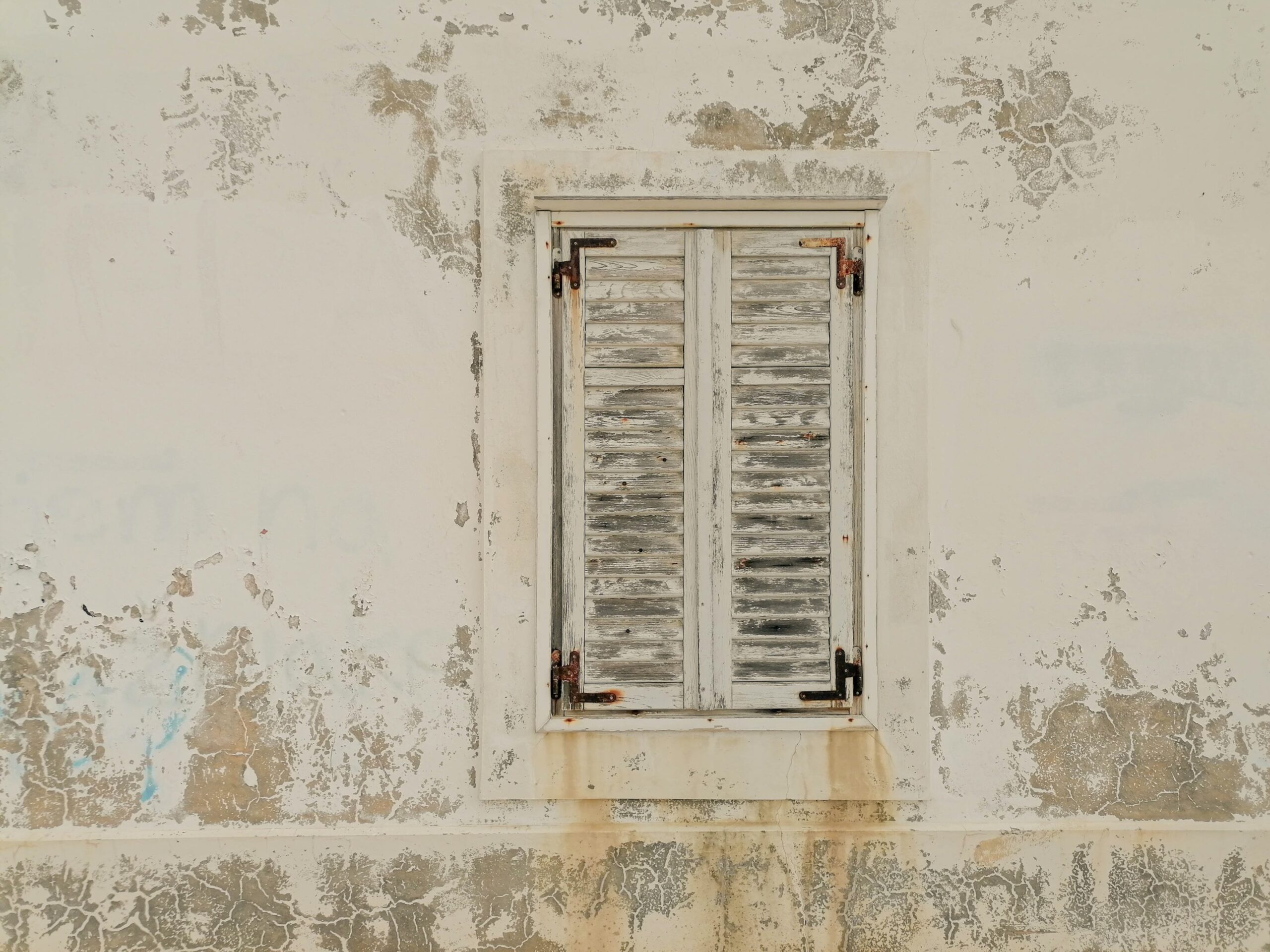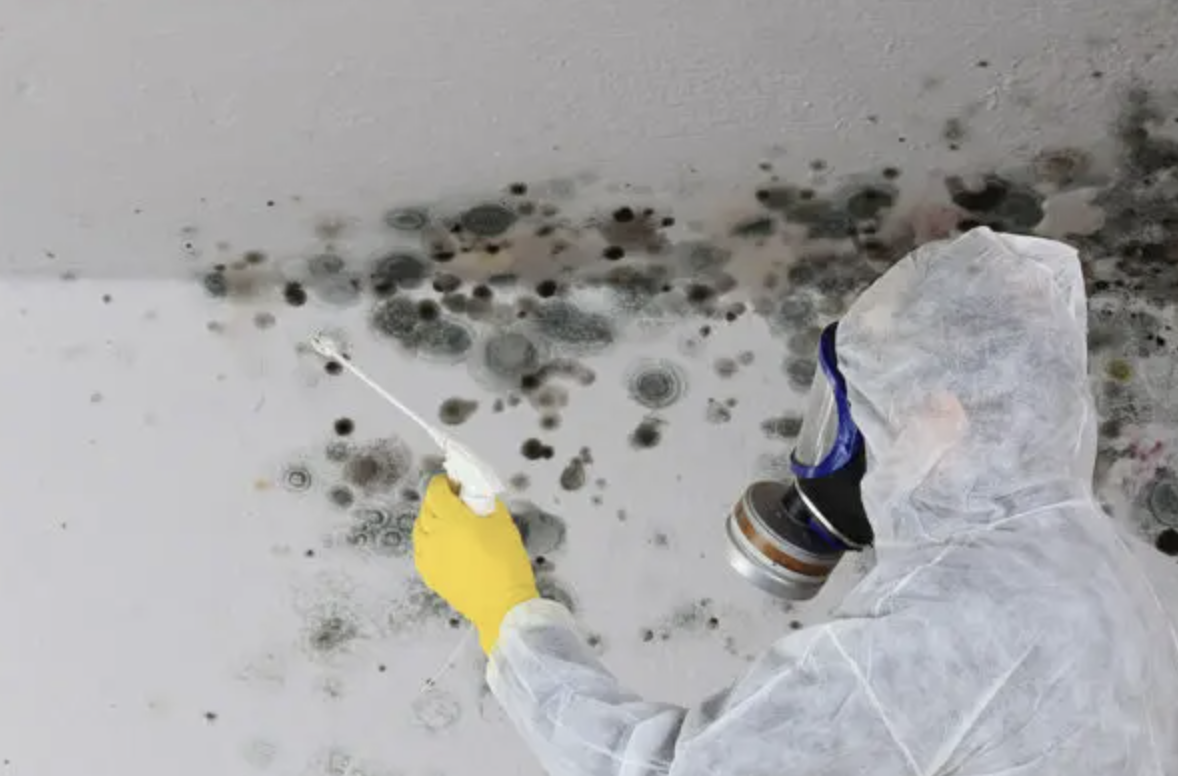Article by Joshua Kent
Moisture Master Pros OwnerMold is always present everywhere. While mostly airborne and innocuous, mold can begin to grow quickly when there’s a wet surface with the right conditions for growth. Dangerous strains, such as black mold, can settle in to colonize and reproduce rapidly. All they need is just a few hours to grow on the affected area.
Addressing plumbing leaks and water damage as soon as possible helps prevent mold growth and the accompanying health risks. That mildew odor that develops overnight under your kitchen sink is a clear sign of how fast mold can spread. You might notice the stench before seeing physical mold growth because it’s airborne and often found in hidden spaces. By the time mold is visible, it may have already spread significantly inside walls or beneath coverings.
Within 24 to 48 hours, mold can spread across a significant surface area, releasing harmful mycotoxins into the air. This can lead to respiratory issues and other health problems if left unchecked. Mold growth in your home, particularly in areas like bathrooms and basements, can become especially dangerous without proper ventilation or prompt restoration efforts.
Even worse, once the mold takes root, it begins multiplying and releasing thousands of airborne spores that spread to other parts of the house, possibly colonizing any other surface that’s conducive enough. Hence, the danger may be increasing with every passing minute.
Some of the most important factors affecting mold growth include:
- The extent of the water intrusion
- Temperature and humidity levels
- Amount of mold spores already present in the home
- The type of mold
- The type of surface affected
You can prevent mold from getting a foothold in your home by fixing water damage and addressing moisture issues immediately. This guide will help you adopt an effective timeline for water damage restoration and mold prevention.
What Are the Risks of Mold Growth?
Mold exposure becomes a cause for health concerns as it releases toxins and airborne mold spores into the air. While minor mold growth may not immediately affect health, a larger infestation spanning several square feet can intoxicate the air with significant levels of allergens. After only a few days, these airborne contaminants can trigger allergic reactions, including sneezing, skin irritation, and red eyes. Over time, the presence of mold in your home can lead to chronic respiratory conditions, migraines, and even mental health issues.
Mold thrives on damp surfaces, especially those made from organic materials like wood, drywall, and ceiling tiles. High-risk areas include bathrooms, basements, and ceilings, where condensation or leaks provide the moisture mold needs to flourish. As mold colonies feed on the organic matter, they compromise the structural integrity of your home, leaving a trail of damage.
To mitigate these risks, promptly address water leaks, ensure adequate ventilation by using exhaust fans, and consult a professional for proper damage cleanup and prevention.
How Do You Prevent Mold after a Water Leak?
The EPA and the CDC recommend addressing water leaks and drying the affected surfaces within 24 to 48 hours. This timeframe is critical because it’s the time for mold to grow and spread significantly under the right conditions. Mold often grows rapidly in areas with high humidity or trapped moisture, making quick action essential.
Fix the Leak
Sometimes, the water leak is easy to detect and minor, such as a dripping faucet or a small pipe leak – issues you can handle yourself. However, hidden water intrusion, like moisture behind walls or under flooring, can be more challenging to locate. In these cases, it’s best to call a professional to conduct a thorough inspection. Professionals use advanced tools like infrared cameras and moisture meters to pinpoint the source and prevent future leaks from creating the perfect environment for mold.
Clean and Dry the Affected Area
After fixing the leak, clean and dry the affected area immediately. Mold needs moisture to grow, so don’t give it a chance for mold to start building colonies. Open the area as much as possible, removing wet items like rugs, drywall, and wooden shelves. For different types of mold-prone surfaces, such as carpets and furniture, use appropriate cleaning agents to eliminate contaminants. Items that remain damp for too long could contaminate other parts of your home.

Increase Airflow
Proper ventilation is key to stopping mold from growing in your home. Open doors and windows to allow air to circulate freely and replace damp air with fresh, dry air. If indoor conditions are too humid, consider using HEPA air purifiers or exhaust fans to further reduce moisture levels.
Use a Dehumidifier, Vacuum, or Carpet Cleaner
After addressing the immediate water and drying the surface, moisture may still be trapped underneath or behind materials. Dehumidifiers are excellent tools to reduce excess moisture, especially in high humidity areas like basements. Use vacuums or carpet cleaners to target hard-to-reach spaces, ensuring no hidden damp spots remain. Remember, several factors can contribute to undetected moisture, and these areas become a breeding ground for mold over time.
Check Your Insurance Coverage
Most homeowners insurances cover water damage, so if any part of your home or belongings has been damaged by the water leak, check to see if your home insurance can help pay for it.
Will a One-Time Water Leak Cause Mold?
Mold growth is typically the result of a moisture problem caused by water damage – pipe leaks, sink leaks, leaky roofs, flooding, or foundation water. Once a surface becomes damp, mold can start to grow as it attracts spores. Within 24 hours, a mold colony begins forming, and mold can grow at a rate of approximately 1 square foot per day.
Mold colonies can quickly spread indoors across multiple rooms within days. In cases of hidden water damage, such as under carpets or inside walls, mold growth may go undetected by the naked eye for weeks, allowing it to spread unabated. This delay in detection often leads to more extensive infestations requiring professional mold remediation.

When to Call in the Professionals
As we’ve said earlier, the best response to mold growth is an early one. If you’re able to spot water damage and fix it immediately, you’ll most likely prevent mold growth in your home. Always be on the lookout for signs of water damage in places that commonly hold water – your shower, bathroom faucets, kitchen sink, ceiling, etc.
Foundation water, storm damage, and flooding are also major sources of water damage and moisture to grow mold. Check for cracks in your foundation and basement walls – the usual entry points for underground water – and fix them promptly. Left unchecked, these issues provide an environment for mold to flourish, potentially causing structural damage and health risks.
Use mold prevention measures like waterproofing your basement and grading your foundation to keep underground water out of your home. Grading ensures that water flows away from your foundation, reducing moisture problems. Foundation waterproofing, on the other hand, locks out water even when it’s trapped underground, protecting your foundation and brickwork from damage. These steps also help reduce the chance for mold to develop and spread.
Moisture Master Pros is your trusted partner for mold removal and remediation services. Our team uses cutting-edge tools for mold inspection, including advanced mold testing techniques to identify hidden moisture problems and mold growth. Once identified, we eliminate mold thoroughly to minimize health risks and inconvenience.
Don’t wait for mold to contaminate your home further. Call a professional today and let us help you fight water intrusion and mold buildup before it causes lasting damage.



